Analysis of identifying a purple clay Teapot using the method of pouring water over it.
Article by Liuyitang
Many teapot enthusiasts often use a particular method when assessing a teapot: they pour hot water over the surface of the teapot. If the teapot dries quickly (or absorbs water and does not retain water droplets), it is believed to indicate good quality clay.
This practice is widely circulated, and many enthusiasts firmly believe in it. Is this belief correct, and what is the basis for such an assertion? Let's discuss this question today.
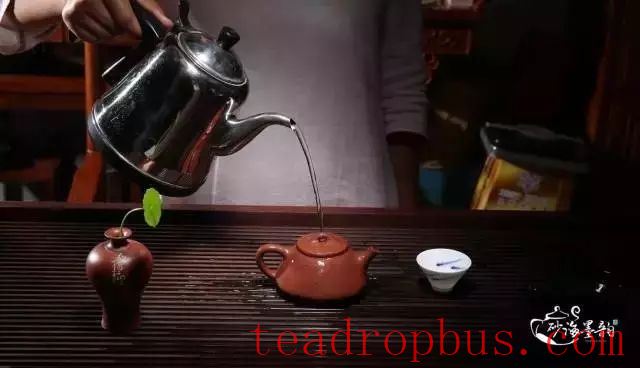
Without keeping you in suspense, let's start with our conclusion: Using water absorption and non-retention as criteria for identifying the quality of the clay is incorrect.
First, let's analyze why hot water poured over the teapot surface dries quickly. If the teapot has good water absorption, it naturally dries quickly. Additionally, if the teapot surface doesn't retain water droplets, it also dries quickly.
Let's start with the factor of non-retention of water on the surface, which depends on several factors. We will focus on three main factors:
Shape of the Teapot
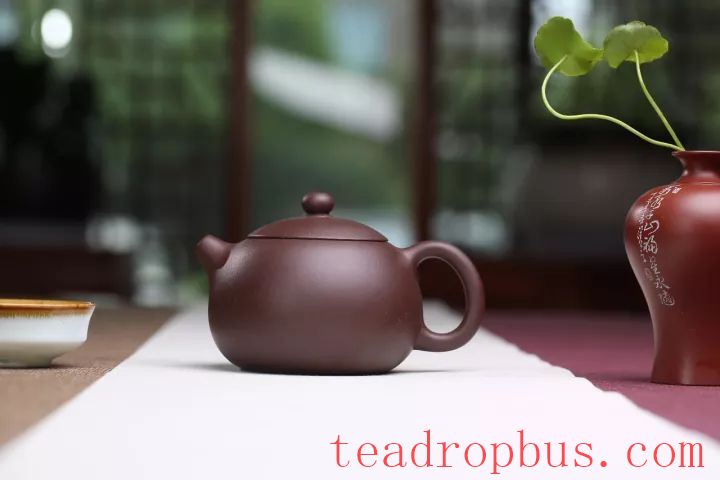
▲ Taking the Beauty of the West as an example
The shape of the teapot affects how quickly the water dries.
For example, the Beauty of the West type of teapot does not accumulate water on its surface, so it dries relatively quickly. On the other hand, Teapots like the Antique style, which have smoother lines, allow water to flow more slowly, resulting in slower drying.
Level of Firing
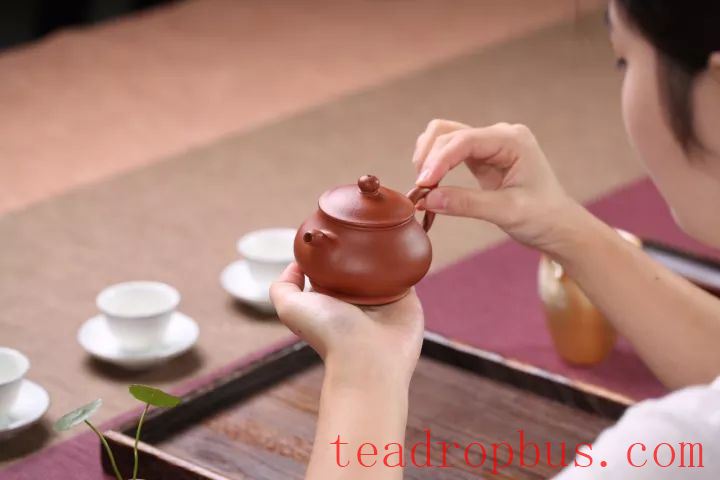
▲ Red Clay Pan Teapot
If the level of firing and crystallization is high, the teapot becomes more vitrified.
Red clay is a good example; its surface is fine, making it easy for water to slide off, which results in quick drying.
Processing
In this context, processing refers to polishing or waxing the teapot, which makes the surface very smooth, preventing water retention and thus causing it to dry quickly.
After discussing the non-retention of water, let's talk about the commonly accepted belief regarding water absorption.
Many people believe that if a teapot dries quickly, it indicates good water absorption, which in turn suggests good breathability and therefore high-quality clay. However, this judgment is incorrect.
It is important to understand that the water absorption and breathability of a Purple Clay Teapot are two different things.
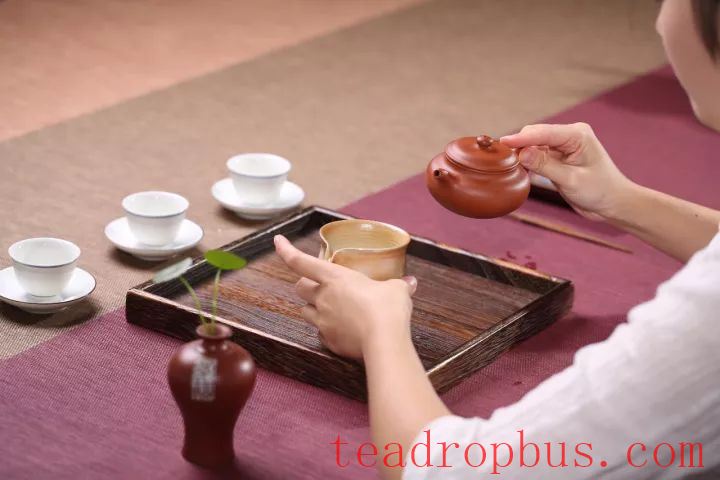
The water absorption capacity of purple clay is determined by the water-holding capacity of its pores. When fired at a lower temperature, the clay structure becomes looser, improving water absorption. The opposite is also true.
Furthermore, stronger water absorption is not necessarily better. In fact, the export standard for purple clay teapots used to require water absorption to be less than 1.5%.
If we follow some enthusiasts' logic, where a teapot dries so quickly due to excellent water absorption, wouldn't the inside of the teapot become wet after just a few waterings on the outside?
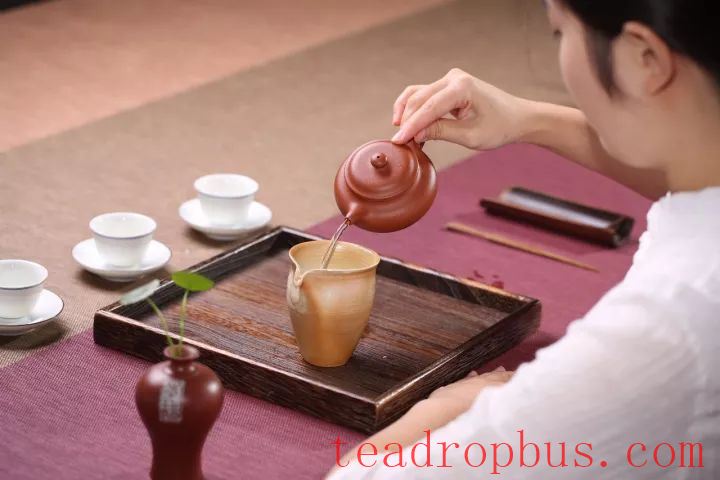
The breathability of purple clay is determined by its dual-pore structure. As long as the firing temperature is reached, breathability is not significantly affected.
After this explanation, teapot enthusiasts should understand that the speed at which a teapot dries is not directly related to the quality of the clay. There are many variables involved, and at most, one can determine the water absorption capacity of the teapot.
If there is any infringement, please contact us to remove it.